One afternoon in my garage, surrounded by cans and bottles, I faced a decision that every auto enthusiast can relate to: should I choose paste wax or liquid wax to achieve that coveted showroom sheen? This moment set off my journey to unravel the intricacies of car waxes—a crucial part of automotive care that often sparks lively debates among car lovers. With my background as a Jeep engineer, I’ve delved deep into the car wax comparison conundrum, experimenting with these coatings to balance performance and aesthetics.
What is Paste Wax?
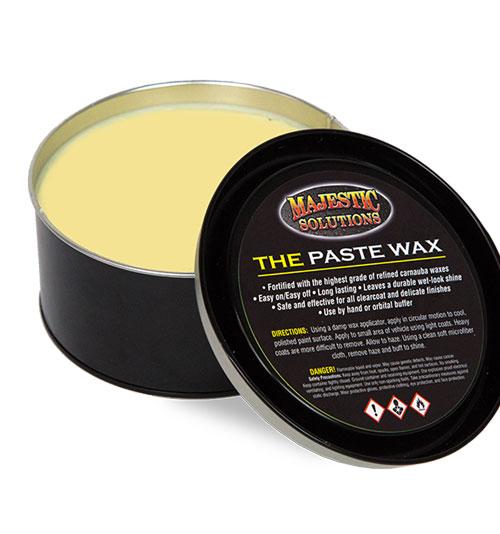
I often find myself returning to the tried-and-true applications I know best, rooted in my hands-on experiences at Jeep. What exactly is paste wax, and why has it stood the test of time in automotive care? During my years working on vintage models, I came to appreciate paste wax as more than just a product – it was a tradition, a ritual in reclaiming the allure of an automobile’s paintwork.
Paste wax, in essence, is a blend of natural waxes, notably carnauba, combined with oils, solvents, and sometimes synthetic polymers to create a protective layer over a vehicle’s surface. It comes in a solid form, packed into a convenient tin, and is applied using a cloth or applicator pad. One of its defining characteristics is its ability to produce a deep, rich gloss that seems to transport a car back to its showroom days.
There’s something inherently satisfying about applying paste wax by hand. Perhaps it’s the nostalgia of watching a seemingly lackluster paintwork undergo a transformation, just as I witnessed years ago on a vintage Jeep, where dull hues turned to mirror-like reflections. Such was my introduction to the transformative power of paste wax – an experience that etched into my memory the significance of not just appearance but robust protection against the whims of weather and time.
What is Liquid Wax?
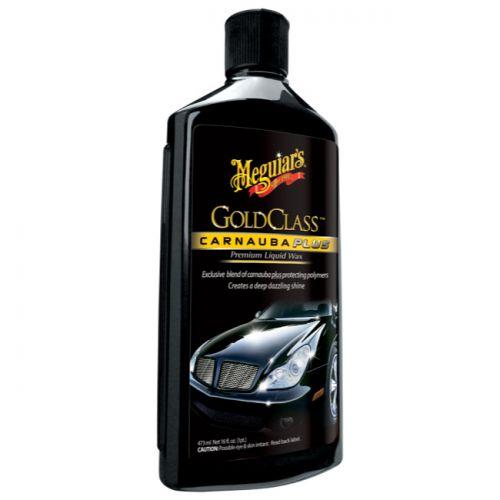
Could liquid wax be the secret weapon for busy car owners looking for convenience without compromising quality? This question echoes in the minds of many, and for good reason. I vividly remember a customer at the dealership who was frustrated with the painstaking application of paste wax. When I introduced him to liquid wax, he was amazed by how easily it applied and the instant shine it delivered. This incident reinforced my belief that while paste wax has its merits, liquid wax is often the go-to for quick applications, especially in a hectic lifestyle.
Liquid wax offers a unique combination of ease and performance. It comes in a bottle, ready to be poured, applied, and buffed without fuss. The application is nearly effortless, requiring less elbow grease compared to paste wax. Its consistency allows it to spread smoothly across the car’s surface, making it ideal for those who want a swift yet effective solution. Over the years, my hands-on experience has shown me that liquid wax often strikes a balance between shine, protection, and ease of use.
While paste and liquid wax each have their specific benefits, liquid wax stands out for those who value time as much as a brilliant glow on their vehicle. Let’s delve deeper into why many, like my dealership customer, find this option to be the perfect fit for their busy lives.
Why Choose One Over the Other?
Durability and Longevity

When debating car wax options, the question often arises: Is durability the ultimate deciding factor for car wax, or are there trade-offs to consider? In my engineering days at Jeep, I often encountered this conundrum firsthand. Under rigorous conditions, paste wax consistently displayed impressive longevity. In one vivid test during a rugged off-road event, I saw how paste wax outlasted its liquid counterpart, providing enduring protection against the elements. But durability isn’t everything.
Understanding which wax lasts longer is crucial, and the paste wax benefits are undeniable, especially in harsh environments. Yet, the ease of application with liquid wax cannot be overlooked. Many owners valued this attribute because, despite its shorter lifespan, liquid wax offered convenience and decent protection for those who maintained their vehicles regularly.
So, when choosing between paste and liquid wax, consider durability’s importance in relation to your lifestyle and maintenance routine. Every vehicle has its story and knowing what each wax offers can help you make an informed decision. As I discuss other factors like ease of application next, remember that combining personal needs with wax performance will lead to the best choice.
Ease of Application

Does applying wax have to be a laborious chore, or can it actually be quick and enjoyable? As someone who’s battled both the waxing techniques and my own impatience, I can assure you it can be both. I’ve seen my fair share of enthusiastic car owners struggle with wax application, and, admittedly, I was one of them. That changed one weekend with my first Jeep. I learned that the ease of use of car wax is crucial when you’re deciding between paste and liquid wax.
Liquid wax often promises a smoother and faster application, reducing frustration, especially on a hot day when time’s against you. Yet, when you embrace the art of applying paste wax, it transforms into a ritual, bonding you to every inch of your vehicle. It taught me patience and rewarded me with a finish that liquid versions sometimes miss.
This comparative insight between paste and liquid wax forms a cornerstone of making an informed choice in the ‘Why Choose One Over the Other?’ debate and ensures you’re not left in the garage, frustrated and overwhelmed.
Protection for Car Paint
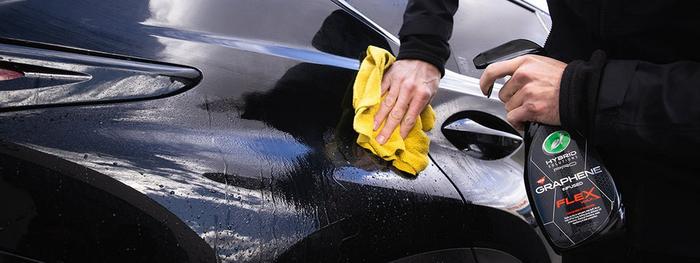
How do different wax options stack up when it comes to protecting your car paint from the elements? This question isn’t just theoretical for me—it’s grounded in my off-roading adventures, where the finish of each vehicle stands as the first line of defense against nature’s aggression. During my time exploring the trails, I discovered that protection for car paint pivots significantly on the wax you choose. From my perspective, paste wax generally offers a more robust bond to the paint surface, shielding it from environmental hazards better than its liquid counterpart. This isn’t merely a matter of preference; it’s an observation rooted in countless weekends spent navigating abrasive terrains. Both car detailing aspects—paste and liquid—have their virtues, but when it comes to withstanding weather and debris, I’ve consistently found that the durability of paste wax gives it the edge. As we delve into application techniques further, consider this strength when deciding which wax suits your needs best.
How to Use Paste and Liquid Wax
Applying Paste Wax
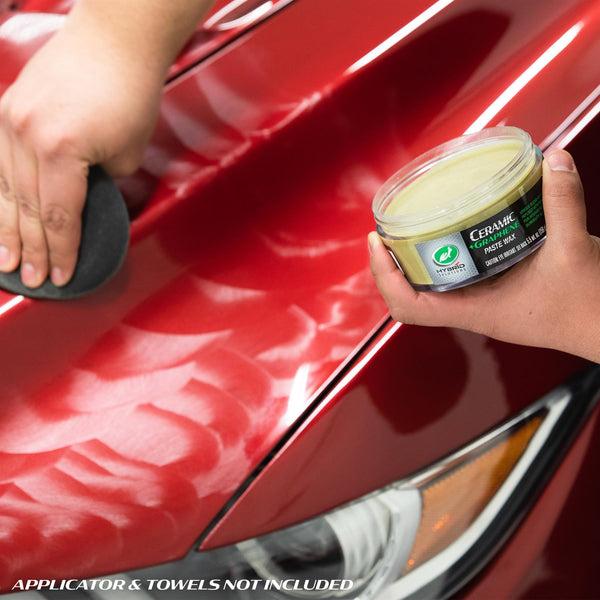
What’s the most effective way to ensure your paste wax application delivers the best results? I found the answer through countless trials and the occasional sticky situation. My initiation into paste wax was far from smooth. I remember my first attempt—bounding ahead without a plan—left my car with streaks resembling zebra stripes. Through those early missteps, I unearthed the magic formula that aligns with the overarching theme of ‘How to Use Paste and Liquid Wax’.
Starting with a clean surface is not just a recommendation; it’s a necessity. Dust and dirt can create scratches under the wax, so thoroughly wash and dry your car beforehand. As I refined my wax application methods, I noted that using broad, circular motions with a microfiber applicator ensures even distribution. This technique taps into one of the key paste wax benefits: its ability to layer thickly and protect against the elements.
The tactile nature of paste wax allows you to feel the surface and gauge your progress. Unlike liquid wax, paste tends to highlight each nook and cranny, allowing precise attention and care. Through these hands-on experiences, I’ve come to see paste wax as more than just a protective layer—it’s a skill-honing practice that defines how we appreciate and maintain our vehicles. As you delve into applying liquid wax, you’ll find the comparisons illuminating, but knowing how to master the art of paste wax remains a valuable asset in any car enthusiast’s toolkit.
Applying Liquid Wax
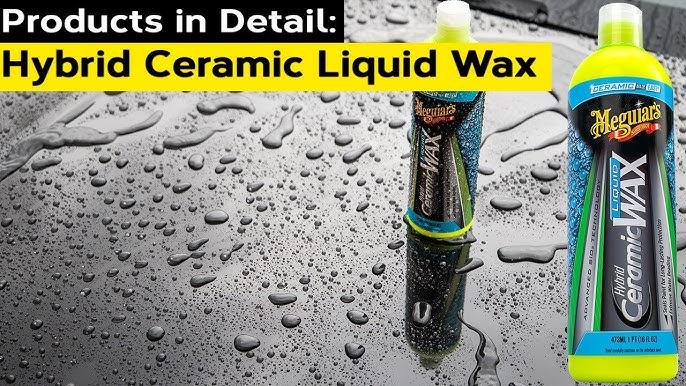
Could there be a foolproof method for applying liquid wax that anyone can master? My experiences suggest there is. When I championed liquid wax application at workshops, I honed in on a simple two-step process that demystifies waxing entirely. This approach, where you apply liquid wax evenly and then buff it out, embodies the elegance of simplicity. Liquid wax advantages such as ease of spread and quick buffing have transformed tedious car care rituals into more efficient tasks.
During one session, an attendee watched in awe as their uninspiring hatchback transformed into a gleaming masterpiece using this very method. The ease with which liquid wax can be manipulated aids in minimizing common waxing mistakes, making it accessible for every skill level. These firsthand experiences have cemented my belief in the method’s reliability and effectiveness, making it a standout choice among various wax application methods.
As we delve deeper into the virtues of both paste and liquid wax, remember that application technique can significantly influence results, often determining the depth of that coveted shine. The next focus will be on comparing real-world outcomes, bridging technique to tangible benefits.
Real-World Comparisons
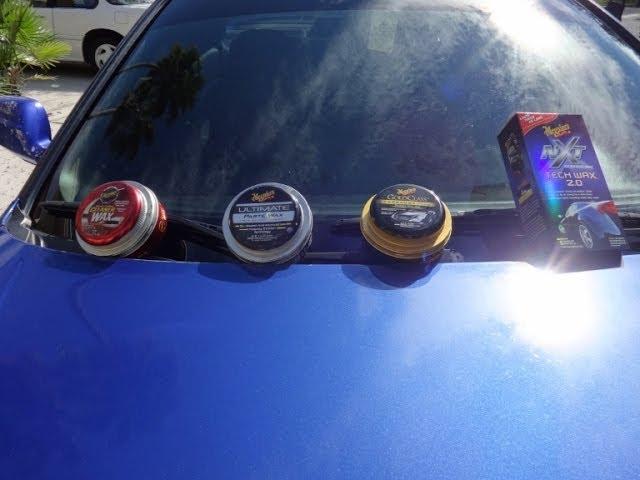
During my years at Jeep, I’ve been privileged to hear countless stories from fellow car enthusiasts like myself, each with a unique perspective on the age-old paste vs. liquid wax debate. These accounts are not just tales of preference; they’re filled with tangible experiences. What real-world experiences do drivers have when choosing between paste and liquid wax? This question lingered with me, leading to one unforgettable day when we invited a group of vehicle owners to share their firsthand stories.
The room buzzed with animated discussion as drivers recounted their journeys. One owner extolled the virtues of paste wax, describing the ritual of application as almost meditative yet undeniably satisfying. He appreciated the rich, glossy finish and the longevity it offered, recalling how his SUV’s paint seemed to sparkle after every session. Another participant, however, preferred liquid wax, emphasizing its convenience and speed. For him, time was a precious commodity, and the ease of applying liquid wax provided an efficient avenue to maintain his sedan’s sheen without sacrificing his busy schedule.
These stories varied, but they all highlighted a common thread: personal experience often trumps specifications on a bottle. The beauty of car care lies in finding the perfect match for your specific needs, style, and expectations. My takeaway was simple but clear — don’t just take anyone’s word for it, including mine. Test both types yourself to see which resonates with your lifestyle and vehicle demands. In the end, it’s about discovering what suits you best in the vibrant world of car detailing.
FAQs
What is the primary difference between paste wax and liquid wax?
Which type of wax offers better durability?
Is paste wax more difficult to apply than liquid wax?
Can liquid wax provide a similar shine to paste wax?
Which wax is better for frequent application?
Conclusion
In the battle of waxes, which one truly reigns supreme for your vehicle’s needs? Reflecting on my journey through the world of automotive care, I’ve come to appreciate both paste wax benefits and liquid wax advantages. Each has carved its niche and importance in the car care realm. Paste wax stands out for its durability, offering long-lasting protection that appeals to those of us who love investing time in preserving that showroom shine. On the other hand, liquid wax shines with its ease of application, making it ideal for quick and effective results without compromising on the sheen.
Ultimately, the decision boils down to personal preference and the lifestyle demands of your vehicle. By considering these factors, you can choose the best wax to align with your vehicle care philosophy. Your car is an investment—treat it as such by choosing the right product to ensure its lasting brilliance and protection.